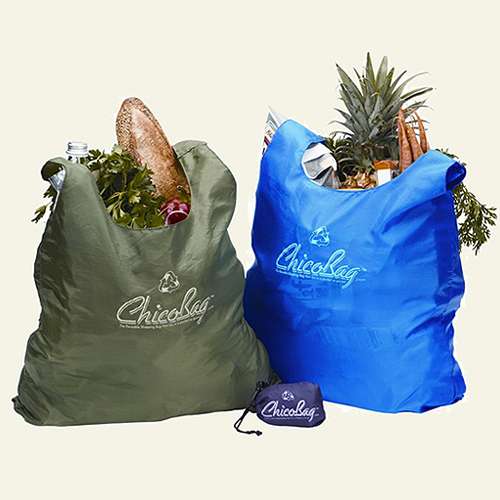Have you ever thought about how many miles food travels before it lands on your plate? The average meal travels 1,500 miles to reach your table! A burger for your lunch does not only affect your health. But also other people, animals and the environment.
Other people- the employees involved in getting that meal to your plate.
Animals- the obvious animals you are eating (that's right there is more than one cow in your burger).
Environment- the fuel used in production, the distance your meal has travelled and the waste left behind (wrappings, left-overs ect.)
So, what are you choices?
Step one: Shopping!
Try to pick items that have minimal packaging. The fresher you can buy the better. Farmer's Markets are a terrific place to start. Shopping local cuts emission costs and also supports your local farming communities. In addition, the goodies at farmers markets are Earth and people friendly.
For the Boone County locals: http://www.boonecountyfarmersmarket.org/pages/
As a consumer you have the power to change the food market. Hard economic times drive consumers to buy items that may not necessarily be healthy for their bodies or the planet, but trend lightly on pocket books. The decisions you make in the grocery store affect the prices and items that are available. For example, when consumers stopped buying milk with growth hormones, Walmart stopped selling it.
Why should an apple cost more than a candy bar? Why is the calorie content in fast food so foreign to consumers? These are the things that consumers do have the power to change.
When consumers demand/buy organic and earth-friendly items, the market will follow. They are fairly easy to recognize. Look for this:

This website: http://www.eatwellguide.org/i.php?pd=Home Allows you to locate sustainable food near you.
Another useful link: http://wellness.nku.edu/docs/CORV_Guide.pdf
When shopping: bring
 your own reusable bag. Even if you pack the bags in your trunk, they are so easy to forget. I am the first to admit that I am always forgetting the junk in my trunk!
your own reusable bag. Even if you pack the bags in your trunk, they are so easy to forget. I am the first to admit that I am always forgetting the junk in my trunk!Always try to reduce the amount of waste you create. Only buy what you need and reuse as much as possible.
Step two: Composting
It is not as complicated as you may think.
The first step to creating a compost pile is to chose a location for your compost pile. Then you must add the necessary organic materials. It is important to put in both green (nitrogen) and brown (carbon) materials in the pile. An example of green material is grass clippings and an example of brown material is dried garden debris.
Now for the topic we have all been waiting for: food. You can add all sorts of food scraps to your compost pile. You can add fruits, vegetables and other natural material. In addition, coffee grinds and tea bags (remove the little staple) and lastly egg shells. Avoid meat scraps in the pile!
Don't forget to mix the pile every once in the while because another essential component to a pile is oxygen!


No comments:
Post a Comment